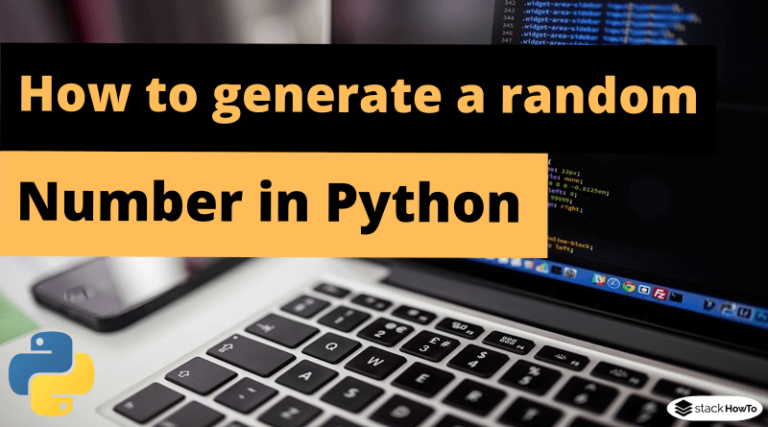
- Generate fake data python generator#
- Generate fake data python update#
- Generate fake data python series#
Generate fake data python series#
This can be applied to the case of different time series (spatial correlation). I am including a standard reference from the field of wind forecasting, which models the temporal correlation from the same time series. Obtain correlated scenarios by sampling from the multivariate Copula.Use the empirical correlation matrix and the marginal conditional distributions to fit a multivariate Copula.

Generate fake data python generator#
Estimate the empirical correlation matrix between the time series. Start by importing the Faker library and pandas: from faker import Faker import pandas as pd Here we initialise Faker generator and create an example of generating a fake data for a random name: faker Faker() faker.name() 'Eric Poole' You’d probably want to generate more than one fake data record at a time: for n in range(5): print(faker.

You can also model the conditional probability distribution using probabilistic forecasting if needed.
Generate fake data python update#
I'm gonna click save And it should update my lineage to reference that fake data example.Īnd now I can filter for however I want or test different scenarios. And all I have to do is select start from, and I'm gonna ref that fake data example. I'm gonna make a new file example sql, I'm gonna create that. And then from here, you'll notice on the right hand side, I already ran this once, but you'll notice because I just ran it, all these names and all this fake data will be refreshed to something new and shows am instead of that Jacob name, you see Kyle instead.Īnd now you're probably wondering, so well, how exactly is this useful? Oh, it's because instead of referencing a seed like you see here with this generic JSON example, instead going forward, I can do something that looks like this. You could easily adjust this to a thousand or whatever number you want, and then it returns that data frame. I insert this function to create a hundred rows. And then from there I make sure to throw it into a data frame. In addition to that, I import that at the top level and at the D B T config context level so that D B T can recognize this as it's, um, performing. method on the object to get the required data. In the below example, we have created a faker object called fake and then ran the name, address, etc. It created this respective table and it created a, a stored kind of standard procedure, or not standard procedure, but a stored procedure in order to make this come to life.Īnd so overall step by step is it creates, I create this helper function that generates fake data and this is where the determining the number of rows comes into play. You need to first create a Faker object and then run the methods on the faker object to get the required fake data. It completed successfully created this fake data example. Faker makes it easy to generate a wide variety of data, including names, addresses, and dates. Faker is the main library used to generate most of the fake data in this tutorial. Go back here and then I'll show you the logs for what's going on over here. A line-by-line explanation of the codes: Line 15: Needed libraries are imported. That's where I double checked the Snow Park libraries Anaconda canonical list, and it tells me exactly where it exists and that I can use it generates fake data.

Step one, I'm importing the faker package and you're probably wondering how do I know that this is working with, uh, Snow Park in general? And that's, there's sometimes where I want to, you know, simulate unit testing in D B T or, um, play around with different scenarios or even instead of having, you know, different CSV seeds and hard coding that information, what if I wanna make that programmatic at the Python level and let Python do the heavy lifting for me to generate a hundred fake rows versus having to do that manually in Excel or CSV and then importing that directly here.Īnd so overall, I'm just gonna click this build button and I'll explain what's happening while this is running. Hey folks, this is Sun speaking here, and I'm gonna give a demo of creating fake data using D P T Python models.Īnd so let's figure out what problem this is solving for in the first place.


 0 kommentar(er)
0 kommentar(er)
